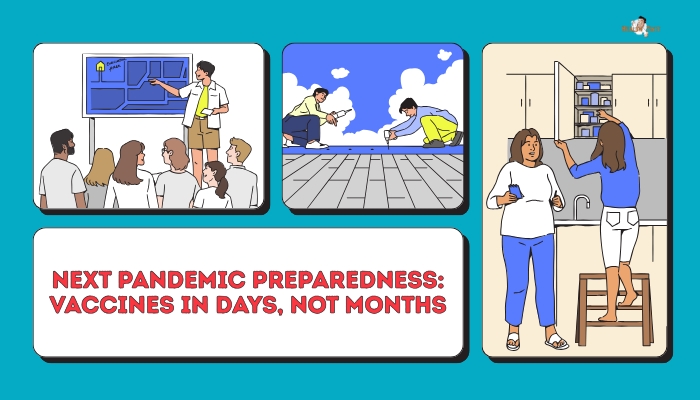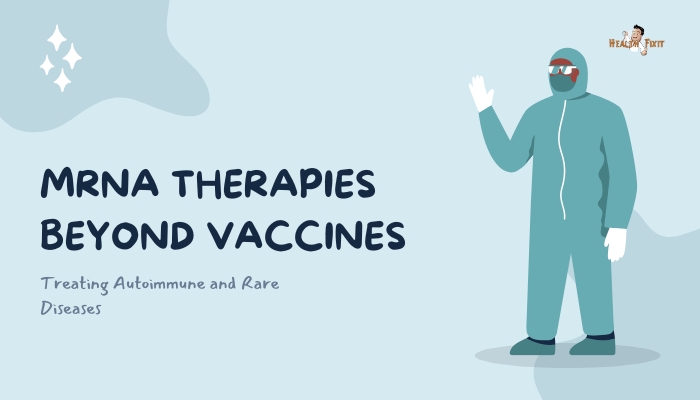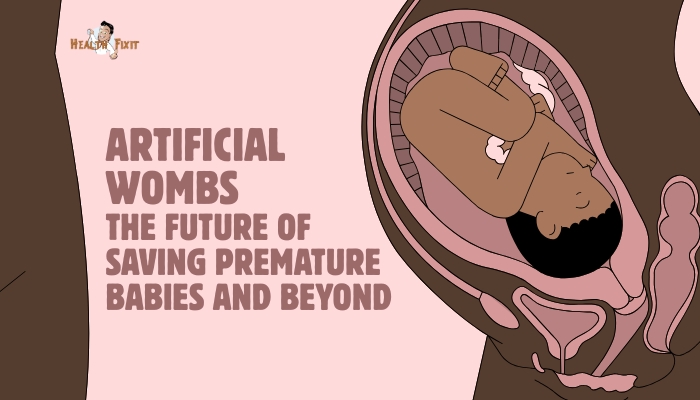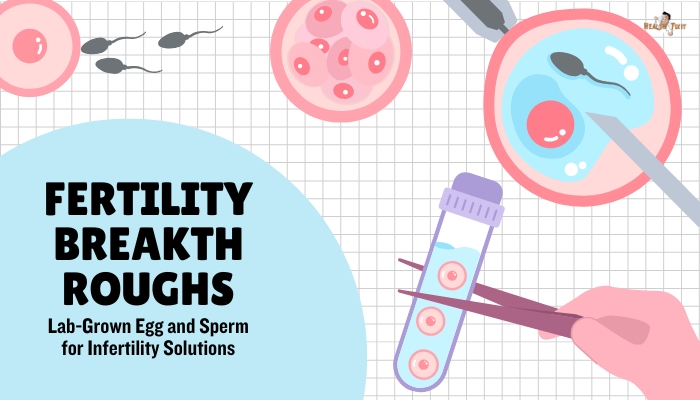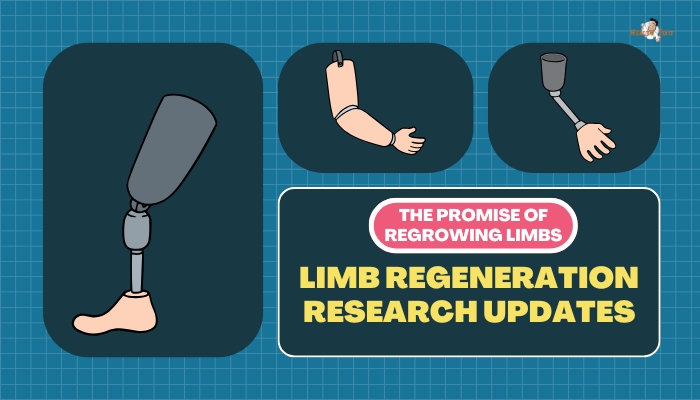Introduction
When a new pathogen strikes, the race to develop effective vaccines can take months or even years.
The COVID-19 pandemic demonstrated both the high stakes and the potential for faster solutions—mRNA technology delivered an effective vaccine in record time. Now, global health agencies, biotech firms,
and researchers aim to shorten that timeline drastically—potentially rolling out vaccines in mere days for the next pandemic.
This article explores emerging methods in vaccine design, flexible manufacturing, and global coordination that could realize this ambitious goal.
The Case for Rapid Vaccine Deployment
Early Intervention Saves Lives
In an outbreak’s initial weeks, infections can surge exponentially. Quickly immunizing populations prevents hospital overload and reduces casualties. A vaccine available even a few weeks earlier can dramatically alter an epidemic’s trajectory.
Lessons from COVID-19
mRNA vaccines arrived in under a year—a historic first. Yet, many argued the rollout was still too slow.
Communities faced repeated lockdowns, and vulnerable groups paid the highest price. Realizing “vaccines in days” addresses these pain points by preempting waves of infection, thus averting both social and economic fallout.
Emerging Pathogens
Scientists warn that novel coronaviruses or influenza strains aren’t the only threats. Zoonotic diseases from bats, rodents, or other sources—like Nipah virus, Lassa fever, or unknown “Disease X”—could trigger the next pandemic. Proactive readiness is key.
Technologies Speeding Vaccine Development
mRNA Platforms
mRNA technology can be rapidly adapted. Once the pathogen’s genetic sequence is known, mRNA constructs encoding crucial antigens can be synthesized in days.
Minimal changes (e.g., updating the spike protein code) make it faster than older methods (like egg-based influenza vaccines).
Plug-and-Play Viral Vectors
Vector-based vaccines—such as those using adenoviruses—can similarly pivot to new antigens. Core vectors remain the same; scientists swap out the gene for the new pathogen’s surface protein. This modular approach slashes R&D time.
Cell-Free Synthesis and “Rapid Prototyping”
Novel manufacturing protocols bypass some complicated cell culture steps. Cell-free expression systems replicate protein production on microfluidic chips or using advanced fermentation, enabling small-batch pilot vaccines in a fraction of conventional timelines.
Agile Manufacturing and Supply Chain
Distributed Production
Instead of a few giant factories, future vaccine supply might come from regional microfactories. By localizing production, these facilities can quickly scale up or pivot to new vaccine formulas, reducing global bottlenecks.
Single-Use Bioreactors
Disposable or single-use systems for fermentation and purification reduce turnaround time, as cleaning and revalidation cycles are minimized. This approach, widely used in biotech, suits rapid vaccine manufacturing once the design is set.
Stockpiles of Components
Maintaining strategic reserves of critical vaccine ingredients—adjuvants, lipids for mRNA, vials—prevents shortage crises. Pre-positioned logistic frameworks help expedite final packaging and distribution once a vaccine formula is finalized.
Safety and Regulatory Approaches
Pre-Approved Platforms
Regulatory bodies like the FDA or EMA may grant platform approvals, where the overarching technology (e.g., mRNA scaffolds) is thoroughly validated.
New pathogen-specific sequences only require minimal supplementary data rather than a full review, trimming months off the timeline.
Adaptive Trial Designs
Adaptive clinical trials can gather efficacy and safety data in real time, quickly expanding successful arms. This method proved effective for COVID-19 vaccine research and can be refined to compress further the path from Phase I to emergency authorization.
Ongoing Surveillance
Post-deployment, robust pharmacovigilance systems track adverse events. Coupled with real-world data analysis, any signals of concern are rapidly flagged, ensuring that speed doesn’t compromise safety.
Challenges and Practical Considerations
Cost and Infrastructure
High-tech platforms like mRNA demand specialized facilities (cold chain, complex raw materials). Ensuring global access at affordable prices is an equity imperative. Low-income regions might require funding or capacity building to adopt these advanced solutions.
Pathogen Sequencing and Data Sharing
Rapid vaccine creation depends on near-instant genome sequencing of the outbreak pathogen and open data sharing. International cooperation, like the Global Initiative on Sharing All Influenza Data (GISAID), fosters transparency critical for accelerated design.
Public Trust
While speed is essential, a delicate balance is needed so populations trust the vaccine’s safety. Clear communication, open data, and robust regulatory oversight help maintain confidence, mitigating vaccine hesitancy.
Potential Future Scenario
Imagine a new virus emerges in a remote region. Local labs decode its genome within days and share it globally online. Vaccine developers swiftly design an mRNA or viral vector blueprint. Facilities worldwide begin production,
using single-use bioreactors. Within two weeks, pilot batches pass small-scale trials and demonstrate safety in a limited volunteer group.
Regulatory agencies, having pre-approved the platform, expedite emergency clearance. By the third or fourth week, mass rollout commences,
saving potentially millions of lives and preventing large-scale lockdowns. This vision, while ambitious, draws from real lessons of COVID-19 and ongoing R&D in rapid vaccine innovation.
Practical Steps for Preparedness
- Support Basic Research: Investing in vaccine platform technology ensures readiness for unknown pathogens.
- Build Partnerships: Collaboration between governments, pharma, and nonprofits fosters data-sharing and resource mobilization.
- Develop “Vaccine Libraries”: A pipeline of potential prototypes for high-risk virus families (e.g., coronaviruses, flaviviruses) can expedite the switch to final candidates.
- Improve Global Distribution: Equitable vaccine access means robust supply chains, cold-chain capacities, and policy frameworks guiding resource allocation.
Conclusion
The concept of vaccines in days rather than months stands at the forefront of next-gen pandemic preparedness
. Through streamlined technologies—mRNA, flexible manufacturing, real-time regulation—rapid vaccine development is increasingly plausible.
Yet turning this vision into reality depends on cohesive global collaboration, consistent funding, robust data transparency,
and unwavering public trust. If these pieces align, future outbreaks may face swift prophylaxis, averting the tragedies seen in recent pandemics,
and ushering in a new era of agile, proactive global health security.
References
- Pardi N, Hogan MJ, Porter FW, Weissman D. mRNA vaccines—a new era in vaccinology. Nat Rev Drug Discov. 2018;17(4):261–279.
- Graham BS. Rapid COVID-19 vaccine development. Science. 2020;368(6494):945–946.
- Lurie N, Saville M, Hatchett R, Halton J. Developing COVID-19 vaccines at pandemic speed. N Engl J Med. 2020;382(21):1969–1973.
- Plotkin SA, Mahmoud AA, Farrar J. Establishing a global vaccine-development fund. N Engl J Med. 2015;373(4):297–300.
- Nkengasong JN, Mankoula W. Looming threat of COVID-19 infection in Africa: act collectively, and fast. Lancet. 2020;395(10227):841–842.
- Fogel DB. Factors associated with clinical trials that fail and opportunities for improving the likelihood of success: a review. Contemp Clin Trials Commun. 2018;11:156–164.
- Mullard A. Vaccine platform approvals prompt regulatory innovation. Nat Rev Drug Discov. 2022;21:311–312.
- Dolgin E. The race for universal COVID-19 vaccines. Nat Biotechnol. 2021;39(9):1125–1127.
- Katz IT, Weintraub R, Bekker LG, Brandt AM. From vaccine nationalism to vaccine equity—finding a path forward. N Engl J Med. 2021;384(14):1281–1283.
- Krammer F. A correlate of protection for SARS-CoV-2 vaccines is urgently needed. Nat Med. 2021;27:1147–1148.

